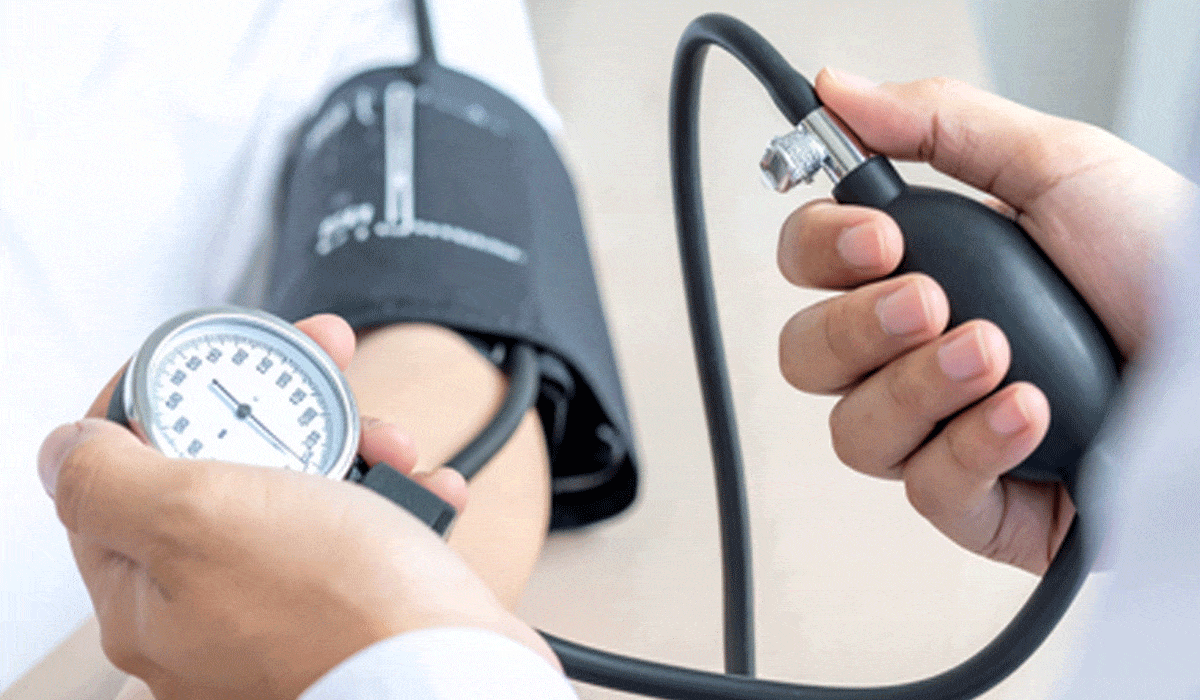Why lowering BP threshold to less than 120/80 mm Hg may be good for Indians
With cases of hypertension or high blood pressure rising significantly in India, particularly among young adults, lowering the BP threshold to less than 120/80 mm Hg by the American Heart Association (AHA) may help raise awareness and push for earlier interventions in the country, said health experts on Monday.

New Delhi: With cases of hypertension or high blood pressure rising significantly in India, particularly among young adults, lowering the BP threshold to less than 120/80 mm Hg by the American Heart Association (AHA) may help raise awareness and push for earlier interventions in the country, said health experts on Monday.
Hypertension is one of the most important modifiable factors in preventing heart disease, stroke, and death.
For the first time since 2017, the AHA recently updated its guidelines for people with high blood pressure. The guidelines revamped BP readings: from a 130/90 mm Hg threshold for diagnosis earlier, the AHA now defines normal blood pressure as less than 120/80 mm Hg.
“The updated BP guidelines by the AHA are highly relevant for the Indian population due to India’s rapidly growing rates of hypertension,” Dr Mukesh Goel, Senior Consultant, Cardiothoracic and Cardiovascular Surgery, Heart and Lung Transplant Surgery, from a leading city-based hospital, told IANS.
“For India, these changes are significant: With nearly 200 million individuals estimated to have hypertension, lowering the BP threshold for diagnosis means a much larger segment of the population is now classified as hypertensive, raising awareness and pushing for earlier interventions,” he added.
Goel noted that the guideline changes can help “combat the ‘silent killer’ effect as many Indians don’t know they have high BP until complications arise”.
Dr Rajeev Jayadevan, Chairman, Scientific Committee, IMA Cochin, told IANS that it is “mainly because hypertension produces no symptoms in early stages”. And among those who are receiving treatment, not all of them achieve adequate control.
While “the new guidelines advocate for more stringent control of blood pressure, based on recent large trials that point in that direction, there are also other trials indicating that such an aggressive treatment of hypertension did not improve outcomes, and in fact may lead to side-effects, such as low blood pressure, fainting and kidney injury,” the expert said.
Thus, he called for customising the treatment of hypertension based on individuals.
Notably, the guidelines endorse potassium-based salt substitutes for home food preparation, except for patients with Chronic Kidney Disease or those on drugs that reduce potassium excretion.
“This is particularly relevant to Indian diets, where home-cooked, salty foods are commonly consumed,” Dr. Vivekanand Jha, Executive Director, The George Institute for Global Health, India, told IANS
Further, the “promotion of team-based management, with involvement of community health workers (ASHA) and nurses, fits India’s health system well, especially in rural or primary care settings,” he added.
As cardiovascular risk factors are additive, it is also important to “avoid tobacco, reduce alcohol, improve exercise levels, maintain a healthy body weight, and follow a balanced diet, avoiding excessive salt intake”, Jayadevan said.
